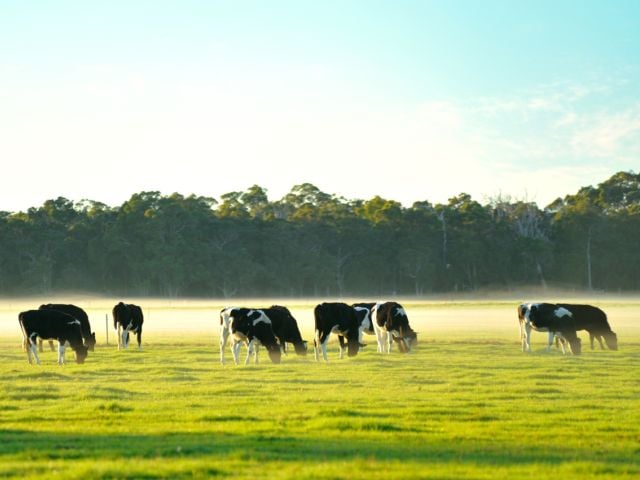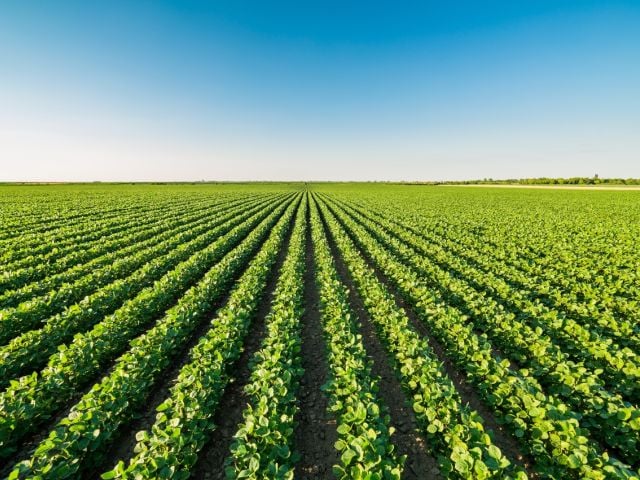AMES, Iowa – Requiring farmers to plant 50-foot wide grass strips, or buffers, between cropland and streams would jumpstart progress toward cleaning Iowa’s dirty water while affecting only a handful of growers and a minuscule number of acres, a new report from Environmental Working Group shows.
The report, titled “Iowa’s Low-Hanging Fruit: Stream Buffer Rule = Cleaner Water, Little Cost,” examines five representative Iowa counties to assess the impact that a statewide streamside buffer requirement would have on pollution, landowners and farm acreage. Iowa’s waterways have long been polluted with fertilizer and manure that runs off farmers’ fields and into nearby streams. Phosphorus pollution in the runoff can cause major problems for human health and aquatic life and is a primary cause of Iowa’s chronically poor water quality.
“Overloading waterways with phosphorus sets off the kind of toxic algal blooms that left half a million people without drinking water in Toledo last summer,” said Soren Rundquist, EWG landscape and remote sensing analyst and co-author of the report. “Algal blooms also keep Iowans from enjoying the outdoors, especially in summer when polluted water often makes fishing, swimming or paddling unpleasant.”
Streamside grass strips are very effective at keeping phosphorus out of waterways and also helps somewhat to reduce the nitrate pollution that threatens drinking water supplies across Iowa. Most nitrate pollution is discharged from buried drainage pipes under crop fields, which circumvent buffers.
Click here to read the full report, “Iowa’s Low Hanging Fruit: Stream Buffer Rule = Cleaner Water, Little Cost.”
Under Iowa’s 2013 Nutrient Reduction Strategy, the state promised to cut phosphorus pollution by 29 percent from so-called non-point sources, mostly farm operations. The report found that implementing the simple practice of placing buffer zones between cropland and waterways could achieve two-thirds of its goal for reducing phosphorus pollution.
“Enacting a buffer standard is a simple, effective and easily verified way to get to cleaner water faster than what Iowa is currently doing,” said Craig Cox, EWG’s senior vice president of agriculture and natural resources and also a co-author of the report. “Iowans have been waiting far too long to get results from the solely voluntary approach promoted by farm organizations and state officials.”
Using high-resolution aerial photography and geographic information systems to evaluate the impact of imposing a buffer requirement, EWG analyzed the counties of Allamakee, Hamilton, Linn, Plymouth and Union. It determined that:
- Meeting a 35-foot requirement would affect only 8 percent of landowners. Of those affected, 85 percent would only need to convert an acre or less of cropland;
- Requiring a 50-foot buffer would affect only 11 percent of landowners in the five counties, and 71 percent of them could meet that standard by converting a single acre or less;
- Even implementing a 75-foot standard would affect only 13 percent of landowners, with 54 percent able to comply by converting a single acre or less.
“I think most landowners would agree that planting crops right up to stream banks is just wrong,” Rundquist said. “A streamside buffer standard would protect the good work many landowners are already doing.”



